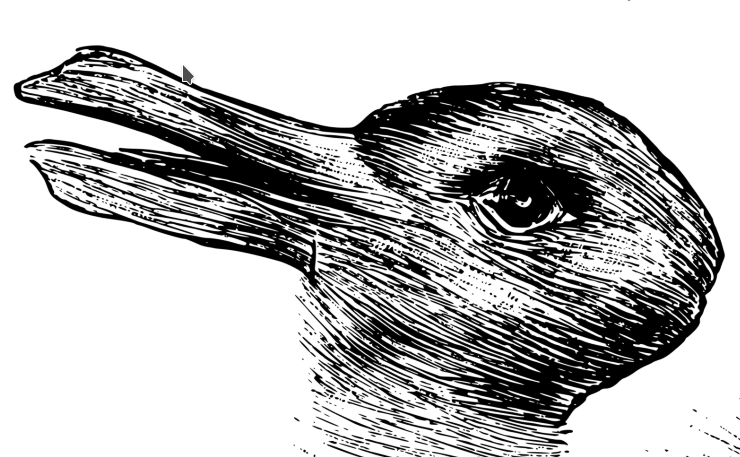
Allowing the gap —suspending oneself in judgement

“Allowing the gap” is a building tip, and describes a practice that avoids an arrangement of elements that are too tight.
By butting each end up tight against the next, in hopes of achieving some minimalist perfect surface that hides its parts and bits and bones under an ideal finish…. —but which does not allow for the practical expansion and contraction of materials, that climate and weather provide, causes the tightly butted forms to buckle. The practical power of the compromise in leaving a gap, reduces the rhythmic strain from day to day, and season to season, that ages all buildings.
Especially in lining a wonky old shed with plywood sheeting… skins are not bones —and as I will be doing (once the seepage in the dam wall is dealt with, and the laundry is re-clad and re-organised). The wonky sheet holds too tightly butted sheets of plywood. Stapled fast they bow.
In addition, if this is your to-be-seen and lived-with surface, in time tightness will just highlight, reinforce and underline the wonkiness. But by allowing a gap, into darkness and shadow, the minutia of missed alignments are not as obvious to the eye. Mismatches, forced bowings and crookedness are more apparently in forcing closure in removing the gap.
Allowing the gap allows our plain sight to see the form, and not the failed ideal.
If you use your mind as a world seer, as if in suspension, then perfection is no longer necessary as a virtue, and failures will not visit you in brittle sequence and over-ordered inflexibility
You’ll be fine, relax.
People feel it necessary to fill the gap… —to throw stuff into it, in a misguided attempt to world-build tightly… —butt up ideals against reality, but something must give when the humidity changes. Yelling won’t help.
Oh, the anxiety.
One practice that may help each and all of us at the edge of the gap, is to allow the gap, and not act on the feeling or urge to try and throw stuff into it. FIX IT. To, at least, look before we leap into action. We might allow the urge of “the should” its notice, and then “to should” our notice into contemplation, and not a rashly “must” or demand a “must-be” of absolute comittment.
Allowing the gap both allows both a view of the lack before us, and of oneself at the edge, and so the practice of allowing the gap will help de-escalate our anxiety.
This is what is meant by ataraxia in Pyrrhonisitic practice, when suspending judgement. When suspending the self, one suspends judgement. In making a judgement the self is no longer suspended.
This is the wisdom in avoiding rashness in belief, which makes one’s worlding abilities rush into selfbuilding dogmatic, rigid and chaos-prone… —right there at the edge where one might just step off into craziness, and dance with the unicorn conpiracies. Rather than let the world be.
Thanks to Anthony Johnson and Ben Yardley for the advice given next to the brand new pencil sharpener.
First version from April 2023is over at substack.com
